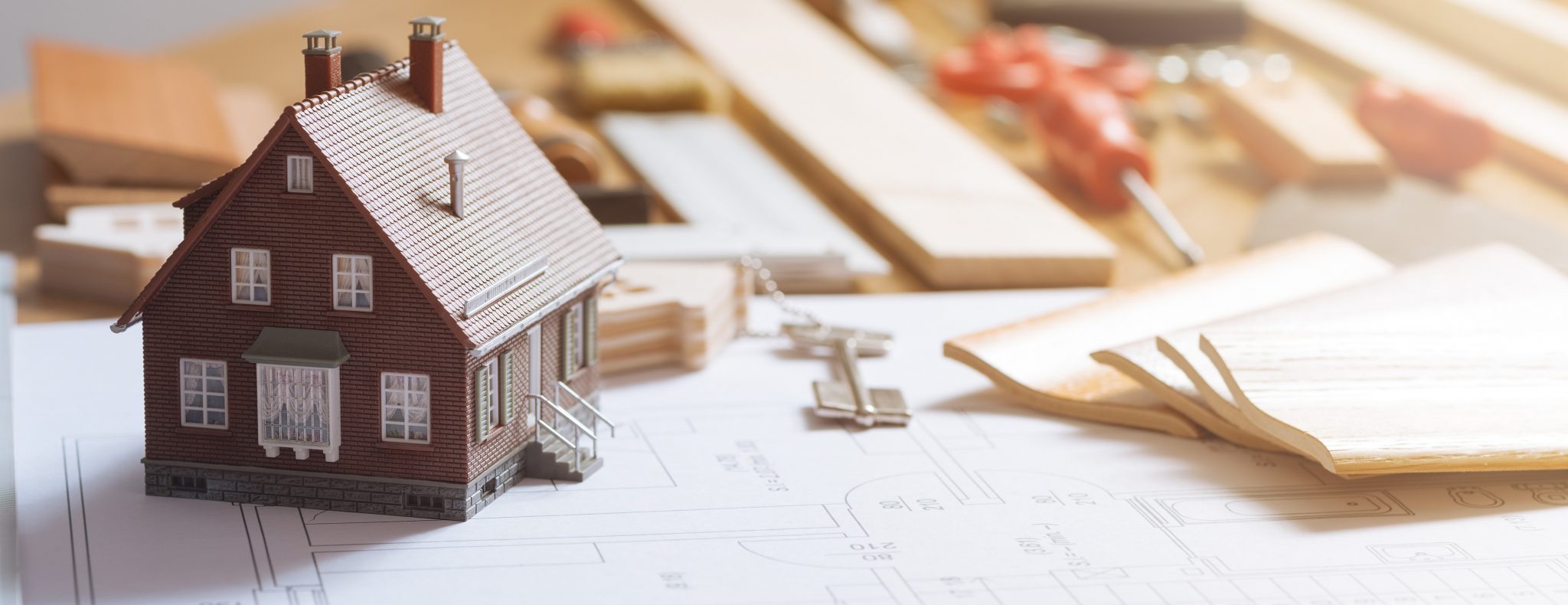26 February 2020
How will rising building material costs affect home insurance?
The sum you insure your home for, is not how much it would cost to purchase, but rather how much it would cost to rebuild.
The rebuild cost is likely to be a lot less than the market value. This is because it doesn’t include the price of the land on which your home stands, or the additional premiums for the desirability of the area, the proximity to good schools, the closeness to handy transport links, and so on. However, it does include the cost of building materials and labour. Unfortunately, these two elements have been rising consistently in price over the past few years.
If your home was last valued for insurance purposes three or more years ago, you could find that you are significantly under-insured. You may think this doesn’t matter too much. Sadly, all-to-often it does.
The problem of under-insurance
If your home is under-insured, many insurers will penalise you when you make a claim. They will reduce the amount they pay on your claim by the same percentage as your under-insurance. So, if your sum insured is found to be 20% less than it should, a claim for £500,000 would be reduced to £400,000 – leaving you £100,000 out-of-pocket. In many policies there’s a little-known clause – usually called ‘averaging’ – that enables insurers to do this. So, it’s vital to regularly check that your sums insured are set at the right level.
If you live in a listed home, it’s even more important. The local conservation officer can demand in law that owners rebuild a property exactly as it was before the damage occurred – regardless of cost. Similarly, for higher-value homes, and particularly older homes, specialist materials may be required whose price is likely to be higher and inflate faster than standard materials.
The rise in rebuild costs
In the last five years alone, building materials costs have risen on average by just under 10% (Office of National Statistics Business Monitor). This has been accompanied by lengthening lead times for basics such as bricks, roof tiles, and insulation, often with waits of over six-months (Federation of Master Builders). It becomes even worse for rarer specification items that might be required for higher value homes. To complete the perfect storm there is also an increasing skills shortage leading to sharply rising labour costs across the building industry – often as much as 2% a quarter.
The reasons for this rise in costs are not hard to find. The recent depreciation of sterling still working its way through the economy; the remaining uncertainty over what will happen once the Brexit transition period ends in 2020; and the post-Brexit reduction in skilled labour from Eastern Europe are all having an effect. The Federation of Master Builders is currently advising its members to price jobs with substantial cost inflation in mind. This can only add to the pressures.
Ricky Downs, Centor’s Private Clients Manager comments:
“The fluctuations in rebuild costs, particularly in uncertain times such as these, can play havoc with sums insured. To ensure our clients don’t lose out – to either under-insurance or over-insurance – Centor recommends a professional valuation of the rebuild cost of your home every three or four years.”
For more information, get in touch with:
Ricky Downs
rjd@centor.co.uk
020 7330 8725
Click here for more information.
Coronavirus and its potential effect on your business Centor supports Guide Dogs


